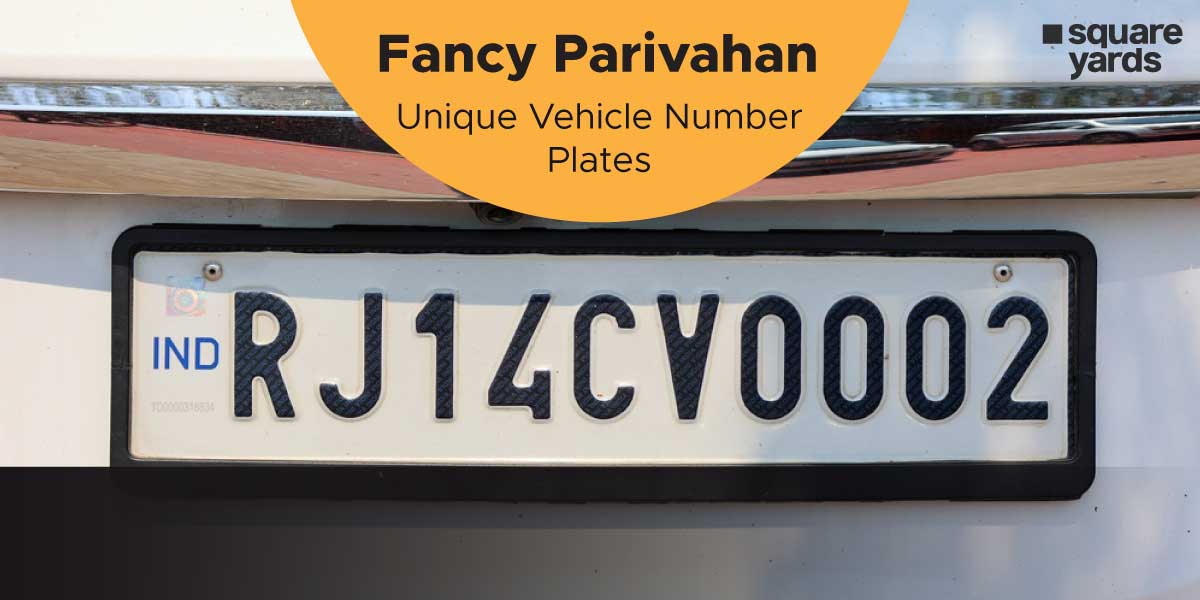Vijay Stambh, sometimes called the triumph tower or Tower of Victory, symbolises Chiottorgarh’s resistance. It was built by Rana Kumbha, the ruler of Mewar, to commemorate his victory over Mahmud Khilji’s united Malwa and Gujarat army in 1448. The expansive tower was built years ago between 1458 and 1488. The huge height of the tower is the key aspect that makes it visible throughout the city. You can view the entire town from this tower. If you are curious to know more about this marvellous monument, let’s scrape the era Vijay Stambh has confronted.
Table of contents
- An Overview of Vijay Stambh
- Vijay Stambh Tower – History
- Important Facts About Vijay Stambh
- Architectural Design of the Tower of Victory
- The Interiors of Vijay Stambh
- Political Importance of Vijay Stambh
- Timings and Entry Fees
- How To Reach Vijay Stambh?
- Which is the Best Time to Visit Vijay Stambh?
- In a Nutshell
- FREQUENTLY ASKED QUESTIONS(FAQ’S)
An Overview of Vijay Stambh
The tower symbolises religion residing in harmony under one roof. Hindu gods and goddesses are portrayed in beautiful carvings and sculptures on the Vijay Stambh, a temple dedicated to Lord Vishnu. There are carvings of swords, musical instruments, and other objects from that era inside the tower. It is a superb illustration of the Rajputs’ practice of religious diversity. The Jain Goddess Padmavati is depicted on the topmost storey. In addition, the Arabic word for Allah is inscribed nine times on the third floor and eight times on the second floor. Most visitors to the city stop by this spectacular tower to look at this unique work of design that inspires pride in the country’s rich cultural heritage.
Anyone who climbs the tower will get a fantastic perspective of the city. The entry to the top floor is prohibited for unknown reasons. An impressive number of additional ruins surround the Vijay Stambh, including two imposing gateways and several colourful temples. It houses the exquisitely decorated Samiddhesvara temple, home to an image of the Trimurti, a composite, three-headed representation of Shiva, Brahma, and Vishnu.
The Kirti Stambh is the most spectacular structure of the numerous temples that line the path. This smaller tower, which served as an inspiration for the tower of victory, was constructed by the Jain trader – Jeeja Bhagerwala for the glory of Jainism during the reign of Rawal Kumar Singh (1179–1191) and stands 22 meters tall. Colourful lights add to its charm at night. When you get close to Vijay Stambh, looking up at it from the bottom gives you a wonderful sense of historic architecture and triumph. It must therefore be considered a wonderful piece of Indian architecture because it is a great monument.
Vijay Stambh Tower – History
To commemorate his victory over Mahmud Khilji in 1448, the King of Mewar erected the victorious monument known as Vijay Stambh. The massive tower took several years to construct, beginning in 1448 and finishing in 1488. This massive Vijay Stambh Chittorgarh stands tall and is noticeable from a mile, proudly proclaiming the historic win to the city and beyond. Vijay Stambh is a notable monument with a lengthy history and exquisite architecture honouring the spirit of triumph that endures through the years and tells tales of valour.
Important Facts About Vijay Stambh
The following are key notes about the Tower of Victory –
- To reach the tower’s summit, one has to climb 157 stairs.
- It is 122 feet tall and comprises nine floors, each with a balcony that faces the outside.
- It provides expansive and unobstructed views of the city.
Architectural Design of the Tower of Victory
Hindu deities are prominently crafted on the tower. Lord Vishnu is the intended recipient. A 9-story tower with a height of 37.19 meters has balconies on each floor and is built with white marble and red sandstone. The tower has numerous inscriptions and illustrations of musical instruments, swords, and more. On the fifth floor of this tower is a painting of Jaita, the tower’s architect, along with his three sons, Napa, Poma, and Pija.
The Interiors of Vijay Stambh
The interior and exterior of the structure are intricately carved with Hindu deities and names of mythical figures. The family tree of the Chittorh kings, from Hamir to Rana Kumbha, is recorded on the carved stones on the topmost floor. The entire tower is adorned with architectural details and etched with pictures of deities, seasons, tools, musical instruments, and other objects. The sculptures that have been inscribed are like a textbook of Hindu imagery. The tower has outside-facing balconies on each floor and all four sides of the storey. Another notable aspect of the construction is the 1557 circular and slender steps that lead to the terrace.
Guests can discover intricately painted historical scenes and wonderfully carved Jain sculptures inside the Tower of Victory – Vijay Stambh. Wide-ranging views of the city and its intriguing history are the rewards for visitors who ascend the steep steps. An outstanding reminder of India’s illustrious past and exquisite architectural skill, Vijay Stambh still stands today.
Political Importance of Vijay Stambh
In Indian history, the Vijay Stambh, or Tower of Victory, has great political significance. It was constructed in Chittorgarh, Rajasthan, to honour the Rajputana dynasty’s bravery and victory over adversaries. It typifies the spirit of regional sovereignty against external threats as a symbol of resilience and resistance. Because of its historical value, the tower is continuously considered to arouse pride, a sense of identity in the Indian public and unity to emphasise the importance of cultural heritage and national pride.
Timings and Entry Fees
The timing and entry changes for Vijay Stambh Tower are given below –
Timings: 8 am to 6 pm
Entry Fees: It is free of cost to tour Vijay Stambh
The maximum time required to tour Vijay Stambh: 1 – 2 hours
How To Reach Vijay Stambh?
You can reach Vijay Stambh easily through any source:
- By Air- Vijay Stambh can be accessible by the nearby (98 km away) Udaipur Airport, which has frequent domestic flights to Delhi and Mumbai.
- By Rail- Through the closest Chittorgarh railway stations, such as Delhi, Agra, Mumbai, Chennai, Pali, Jaipur, Bikaner, and Ahmedabad, Vijay Stambh is well connected.
- By Road- Vijay Stambh is situated in the Chittorgarh Fort, 5 km from the city’s centre, along Fort Road. You can reach easily by local bus, taxi, rickshaw, or on foot.
Which is the Best Time to Visit Vijay Stambh?
The summertime in Rajasthan is characterised by oppressive heat and a scorching sun. Therefore, the months of October to March are the finest times to travel to Chittorgarh and have a pleasant exploration of the magnificent Vijay Stambh. You might benefit from the pleasant and cool weather during your visit.
In a Nutshell
The majestic ancient building known as the Vijay Stambh, situated in Chittorgarh, Rajasthan, represents the valour and triumph of Rajput monarchs. Its nine-storey design displays intricately carved Jain statues and artwork, demonstrating the era’s cultural brilliance. It conserves history, boosts the local economy, and represents India’s history and bravery as a well-liked tourist destination. The Vijay Stambh is still a breathtaking marvel that welcomes people to take in the beauty of Indian architecture and relive the country’s illustrious past.
FREQUENTLY ASKED QUESTIONS(FAQ’S)
Where is Vijay Stambh Palace located?
Within the walls of Chittor Fort in Chittorgarh, Rajasthan, India, is the towering victory monument known as the Vijaya Stambha.
How to visit Vijay Stambh Tower?
You can simply visit the tower of Vijay Stambh by air, road, and train.
Why is Vijay Stambh Tower famous?
Vijay Stambh is renowned as a monument to the sacrifice of Padmavati and as a tower of victory that displays various gods, artefacts, and names.
Is Vijay Stambh Tower bigger than Buckingham Palace?
Vijay Stambh is not a place but a tower, and it is smaller than Buckingham Palace.
Is Vijay Stambh a UNESCO World Heritage site?
Yes, Vijay Stambh is inscribed on the UNESCO world heritage site.
How much time does it take to visit Vijay Stambh?
It takes between 1 hour to 2 hours for a complete tour of Vijay Stambh.
Which Metro station is near Vijay Stambh?
There is no metro station in the region.
Why was Vijay Stambh abandoned?
The Tower of Victory, Vijay Stambh, Chittorgarh, Rajasthan, was not abandoned. It is still a remarkable historical and renowned tourist attraction. The Rajputana dynasty built it in the 15th century to commemorate their triumph, and it remains a symbol of bravery and courage.
Who built Vijay Stambh in Delhi?
Chandragupta II constructed the Vijay Stambha, which is situated in Delhi. It is a 7-ton iron pillar that is 24 feet tall.









































